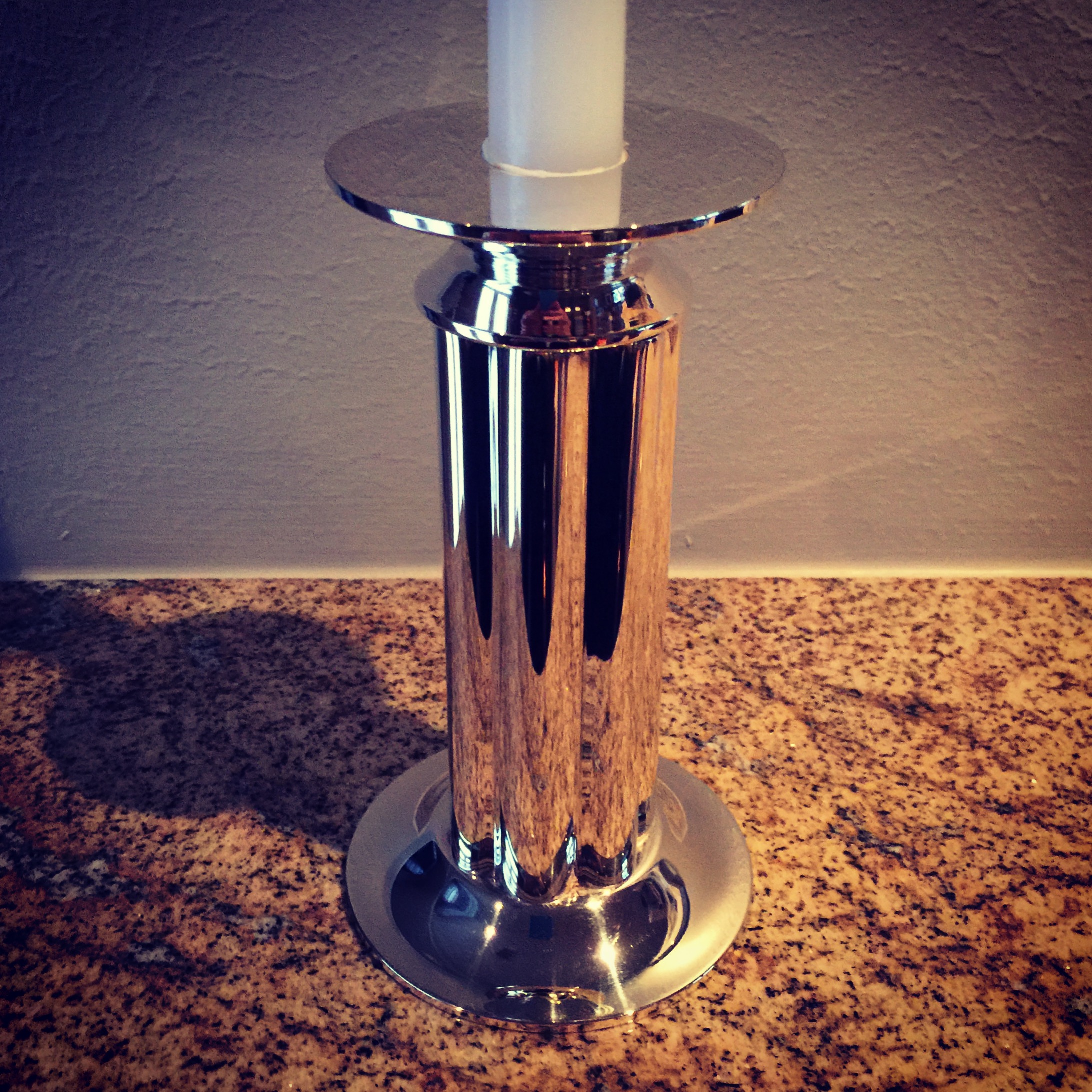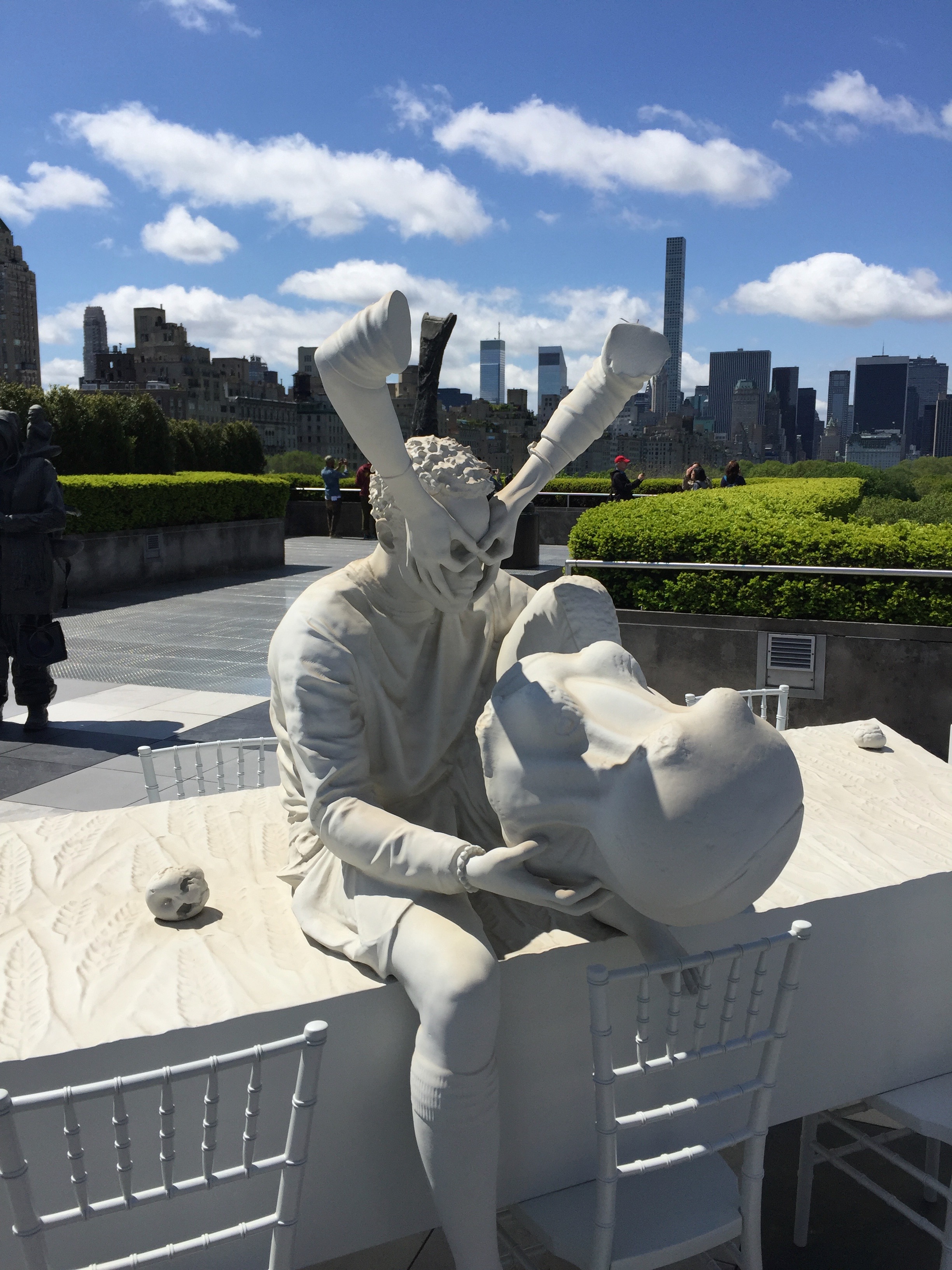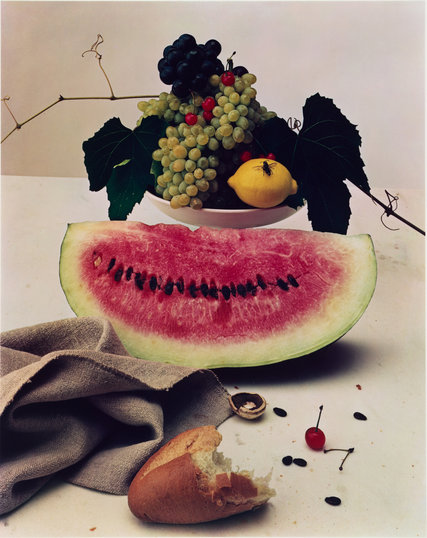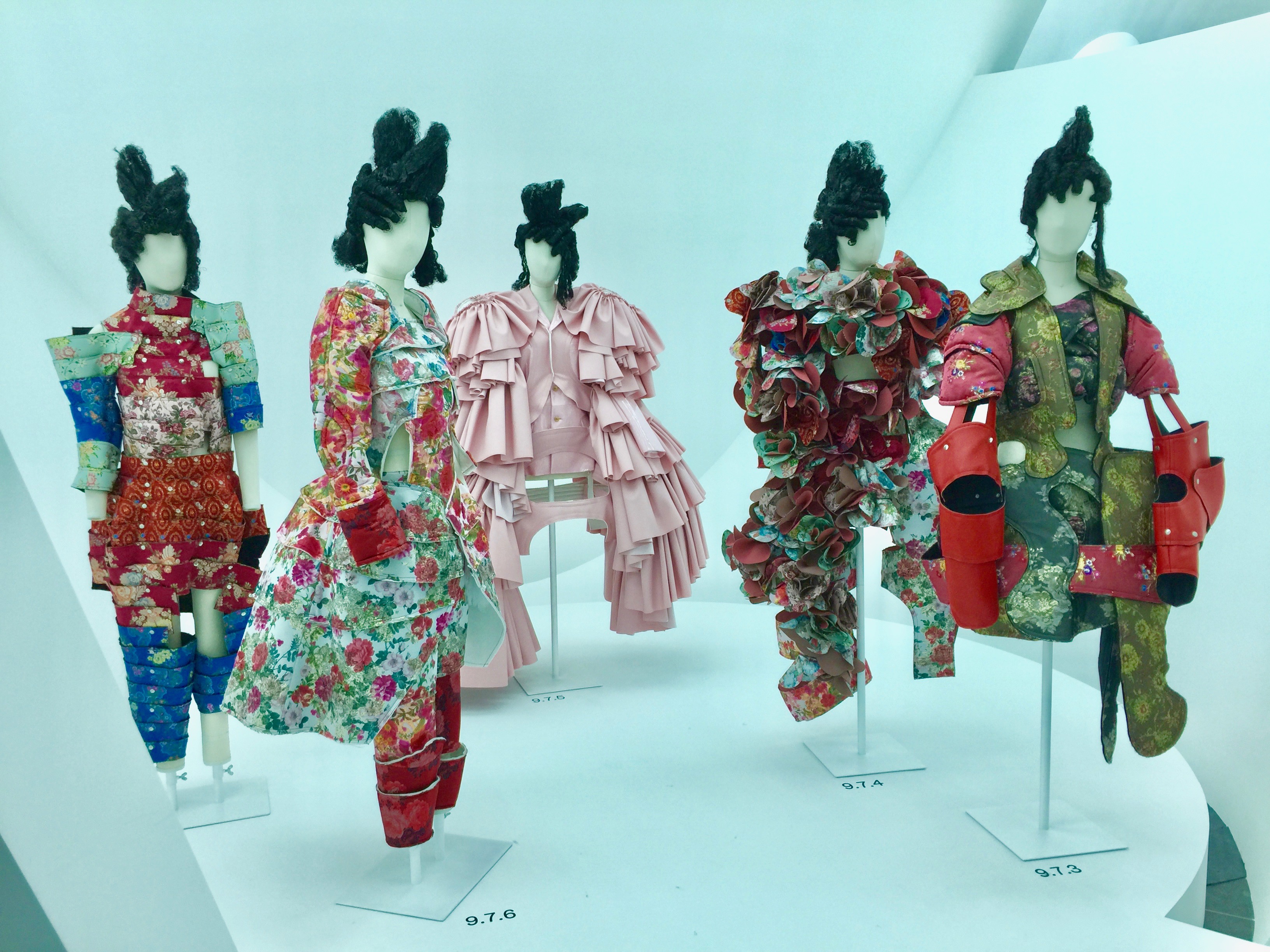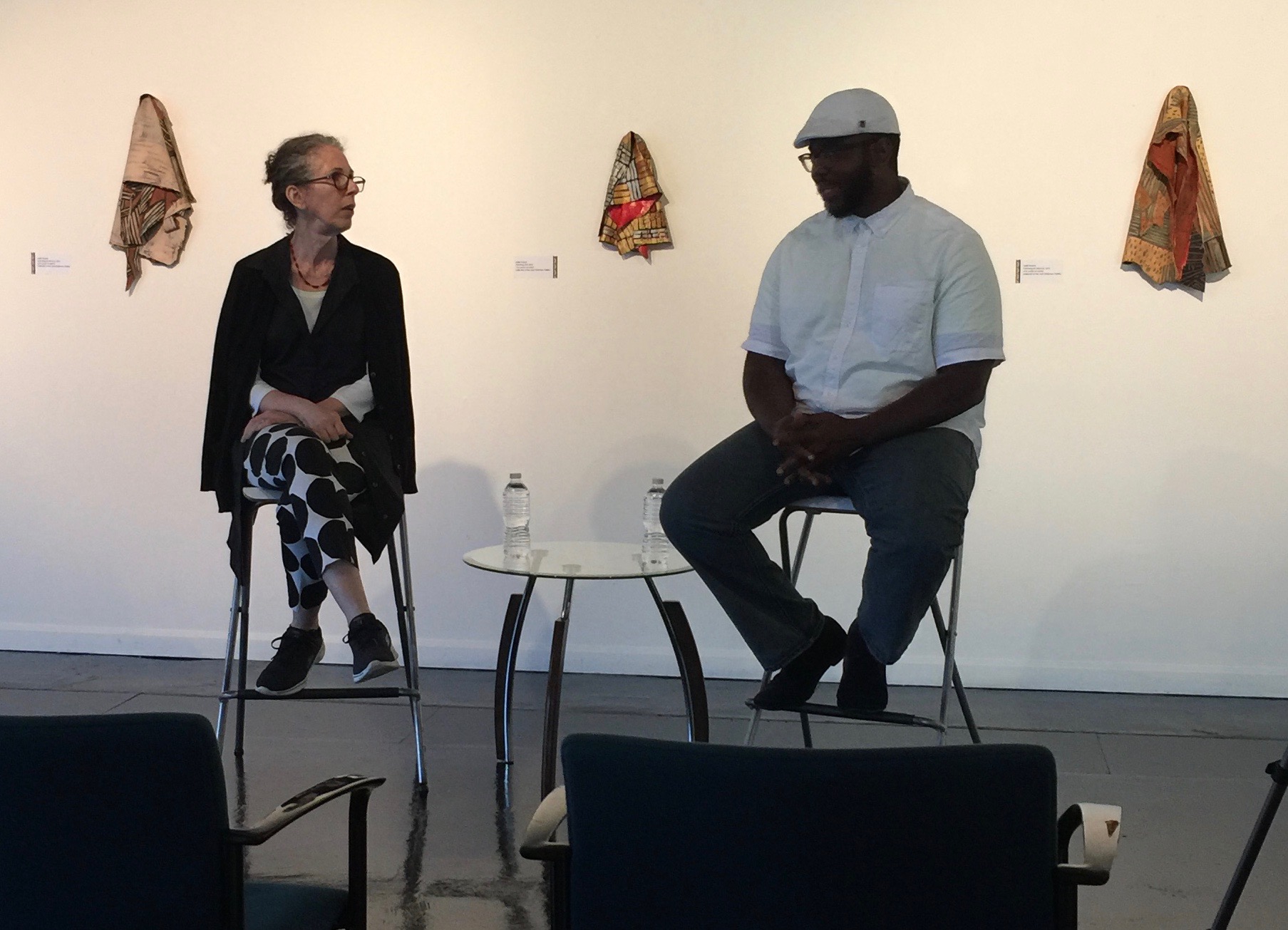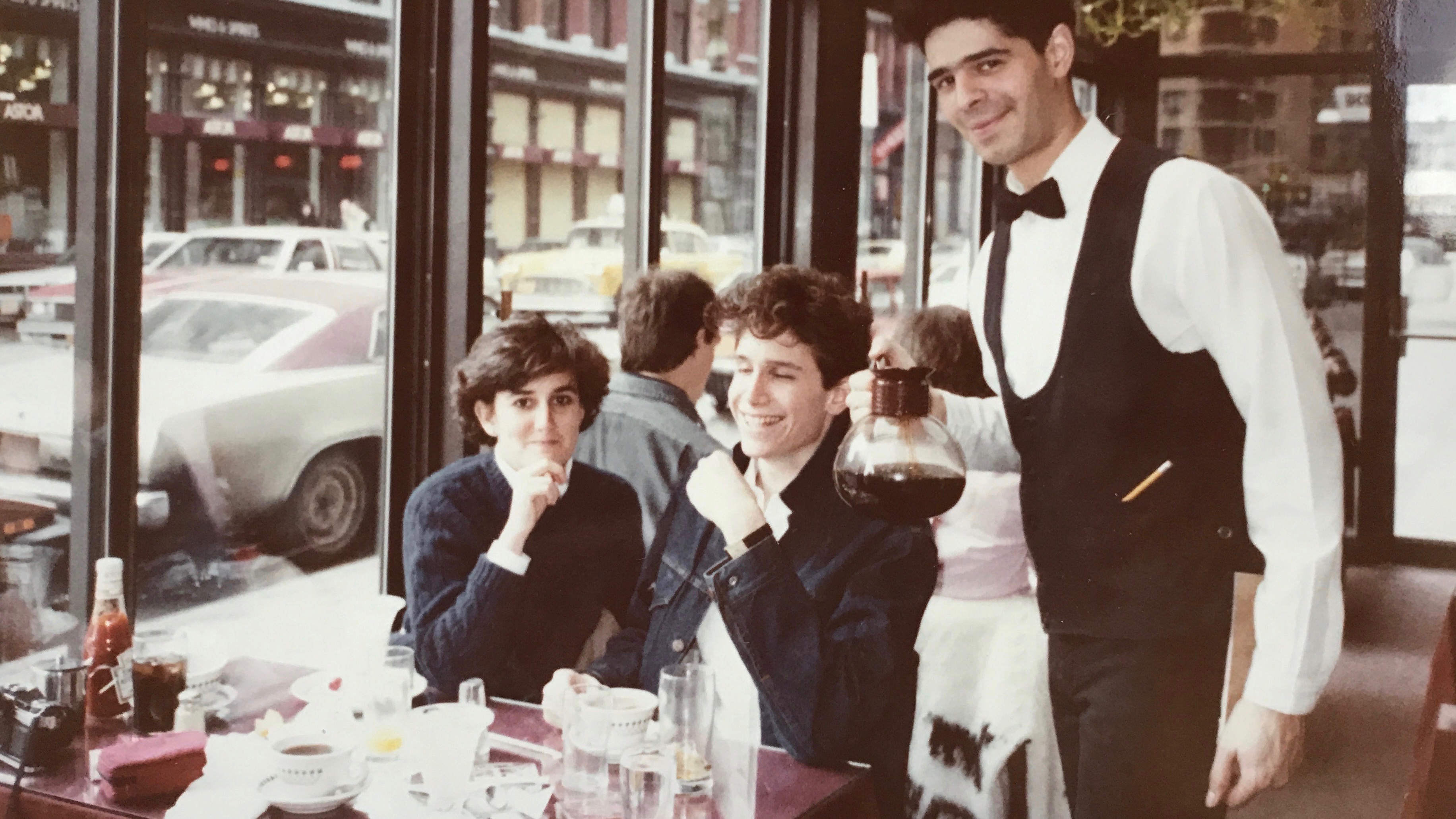ANGELO AND I
Angelo Donghia died in NYC April 12,1985. I was still at Parsons studying Graphic Design and not aware of his unprecedented success as an interior designer and business man. Or of the figure he cut though Manhattan society from Studio 54 to the Metropolitan Opera Club.
But decades after his death he seems to be “haunting” me in the best possible way. First came “Angelo Donghia: Design Superstar,” a retrospective at the New York School of Interior Design in the Fall of 2015. The venue limited the scope of the exhibition, but it gave me a glimpse of Donghia’s Fifth Avenue duplex for Ralph and Ricky Lauren. More Tribeca [before Tribeca was Tribeca] than Upper East Side, it was low-slung, white and spare – no molding, no art, just overstuffed white furniture and unadorned white walls as far as the eye could see.
Not long after, I was talking to a friend, Liz Youngling, who’s career has included stints in fashion and as an interior designer. Having attended meetings in that gorgeous apartment when she worked for Ralph Lauren, she could confirm it was even more spectacular in person. Recently via email, Liz also remembered, “Angelo used to come to our office quite a bit to see Ralph and he was the most elegant man! So well-dressed, handsome, and kind to all of us peons. I’ll never forget being around him the little bit that I was – not many men like that anymore.” Certainly something to aspire to.
I read more and learned that the Donghia studio’s signature included silver-foil ceilings, lacquered walls, bleached floors and oversize upholstered furniture. His use of grey flannel, a reference to his family’s tailoring business, prompted the moniker, “the man in the gray flannel sofa.” And his business acumen led him to produce furniture, textiles and wallcoverings for the design trade, and he licensed his designs for sheets, towels, china, glassware and giftware produced for the general public, to great success unheard of for an interior designer of the day.
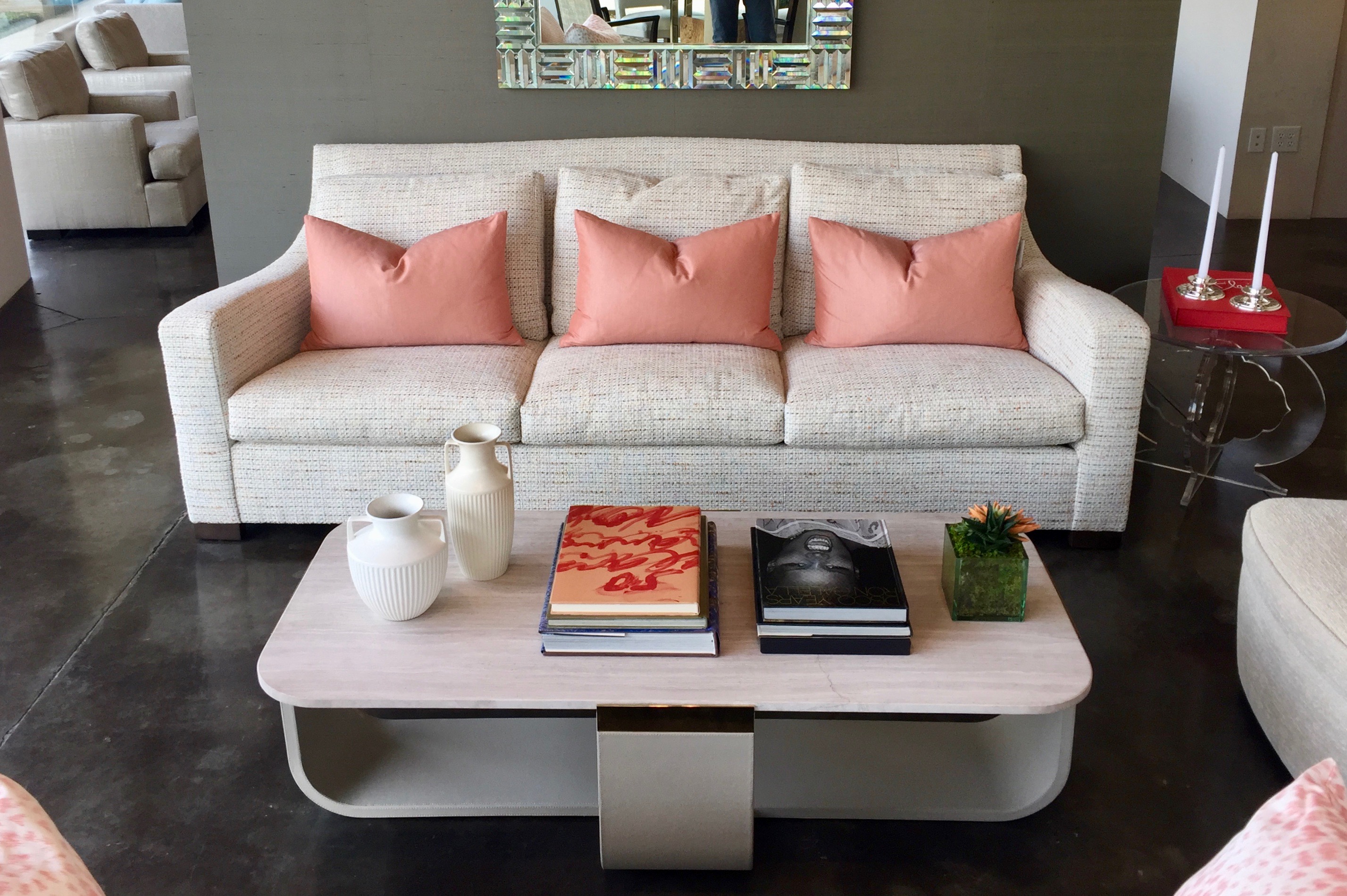
A vignette in the Donghia Dallas showroom featuring vintage books, ceramics and silver from my inventory.
Today, Donghia, Inc., operates twelve showrooms across the United States with collections including textiles, wallcoverings, case pieces, accessories and upholstery. The Dallas showroom is helmed by the dynamic Jessica Craig. I was introduced to Jessica by my dear friend, interior designer Alice Cottrell, with an eye toward making advertising industry connections. A second meeting clarified two things for both of us: my dream job wasn’t in advertising, but in selling beautiful objects, books and art; and Jessica and I could work together.
I’m thrilled to have the opportunity to collaborate with Jessica and the Donghia Dallas showroom, providing thoughtfully chosen books, ceramics and silver accessories. I hope to bring even a bit of Angelo Donghia’s wit and flair to the showroom’s already smart décor. And I hope he would approve.
Read more →



